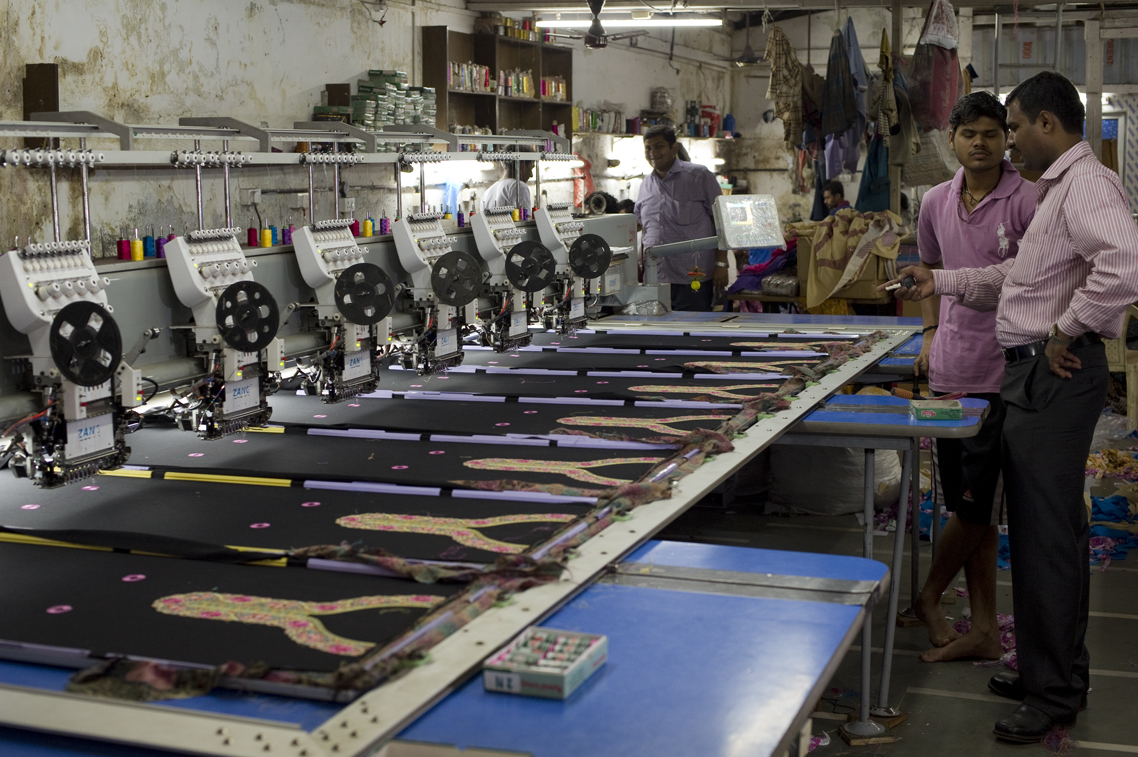The economy in Dharavi is running smoothly
Slums make a huge part in India; known as India’s largest and Asia’s second biggest slum Dharavi, situated in the middle of Mumbai. Dharavi has been represented in many films in India including the famous film “Slumdog Millionaire”.
The top point of view of the blue trampoline and the squeezed lanes in the area might just give you an idea that life must be extremely miserable but it might not be as you have imagined rather the economy in Dharavi is running smoothly.
The slum generates US $1 billion annually with 5000 firms and 15,000 one-room factories. Most of which are specialized in recycling. All these homestyle factories usually sorts the rubbish of Mumbai. Through these processes majority of the workers earn significantly.
Education is highly valued in Dharavi
It might be shocking but Dharavi has everything for its people. The workers who got some skills can earn up to INR 1.5K daily. And this is not less but actually enough to live bit comfortably for the workers. They also save and usually send the savings to their families.
Education is highly valued in Dharavi, where there are 60 primary schools, and 13 secondary schools, 8 of which are private. It’s a well-organized structure with marketplaces, gyms, clinics, and schools; it’s just like a city.
Dharavi runs on a circular economic system
Now you might question “but how?” Well, it is because Dharavi runs on a circular economic system, a system that recycles resources from “waste” back into the system is said to have a circular economy. In essence, it ensures that nothing is wasted and that everything is reintroduced into the system.
From plastics to heavy metals, nothing goes waste in Dharavi. The whole process of earning money and the economic generation all come from the recycling process.
ALSO READ THESE….



Dharavi alone employs 250,000 people to recycle and separate rubbish from Mumbai in its 15,000 factories.
Within Dharavi, 80 percent of Mumbai’s solid waste that is generated is recycled and formed into a new something. Dharavi usually gets waste from most of the business and restaurants for the disposal. Their connections facilitate these deals.
The process of recycling plastics in Dharavi
This whole process of recycling things includes sorting, and segregating the garbage into recyclables (metals and plastics) and non-recyclables. Which is then followed by the crushing and compressing process then comes cleaning and lastly selling.
Due to safety and health laws, Dharavi itself does not have any plastic melting facilities. To be melted down and reprocessed as 60,000 distinct plastics, the plastic is sold to industries all over India. These plastics are then resold to businesses.
Dharavi works out as a model for sustainability
The circular economy of Dharavi has made it a billion-dollar economy system, the more appreciable part is that nothing is wasted there, even though it did not start with the aim of maintaining sustainability but it’s still remarkable that it works out as a model for sustainability.

- IIT Delhi’s Rural Technologies Going Intercontinental
- मेडिकल डेटा प्लेटफॉर्म विकसित करने के लिए नई साझेदारी
- 188 Districts Of The Nation Saw Inadequate Rainfall: IMD
- कोशकीय प्रक्रियाओं से जुड़ा अहम खुलासा
- MGNREGA: Govt. In Debt Of The Workers
